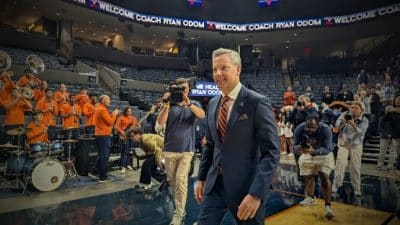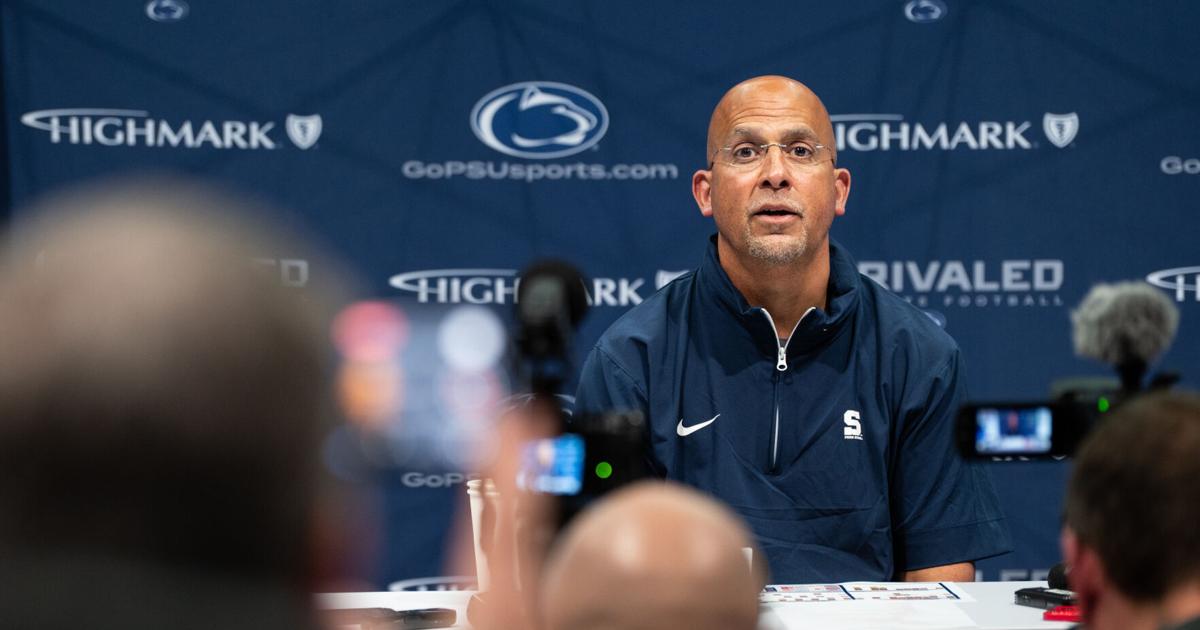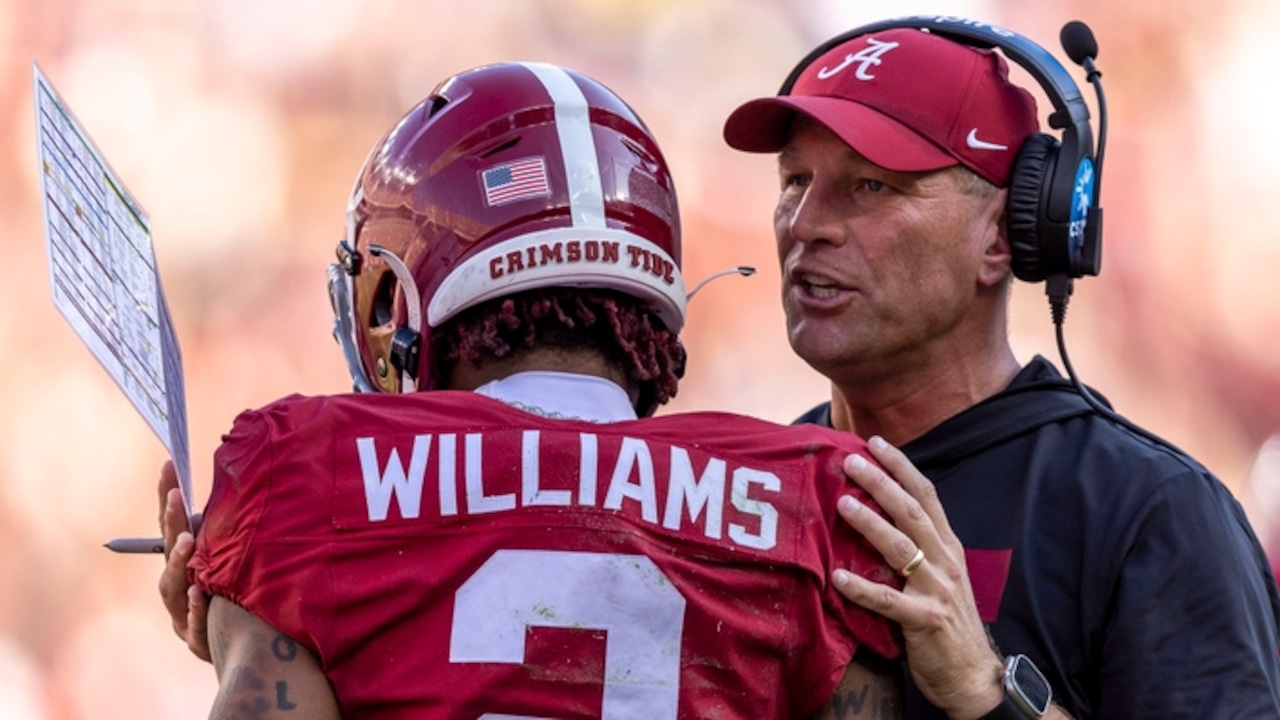Late on Friday night, a landmark change for collegiate athletics happened.
Judge Claudia Wilken approved the House V. NCAA settlement, which outlines plans for colleges to pay their current and former athletes directly for their name, image and likeness (NIL), as well as to implement new roster limits for each sport.
To enforce the settlement, the College Sports Commission (CSC) was established, which will ensure there’s compliance for revenue sharing, third-party NIL deals and the roster limits. It is a separate entity from the NCAA.
This settlement will bring college football into a new era, including Penn State. Here’s more on how it will affect Nittany Lions football.
New revenue sharing
Starting July 1, colleges will have the ability to pay their players directly from the revenue it receives. Each college opting into the settlement will have an estimated $20 million salary cap to spend for all of its athletic teams, but it’s unclear exactly how much the Nittany Lions will allocate to its football program.
It is clear, though, based on current estimates by NIL-NCAA and trends that the Nittany Lions will be using most of its available money on its football squad.
New roster limit
Within the settlement, football teams of colleges opting in will have a roster limit of 105 players with no limit on scholarships. The requirement will be grandfathered in, meaning any player who would lose a roster spot because of cuts, also known as “designated student-athletes,” don’t apply towards the roster limit for the same remainder of their Division I careers as long as their school allows.
As of now, Penn State has 126 players on its roster. It remains to be seen who could receive a scholarship and who could depart the program once the Nittany Lions have to get below the limit, but regardless, James Franklin has voiced his displeasure with the new rule long before it got approved.
“I don’t want to lose any of them,” Franklin said after the Blue-White Game in April. “I’d like for these guys to stay a part of the program until they graduate. A lot of these young men chose Penn State to get their degree from Penn State and play football.”
In prior years, football teams had a scholarship limit of 85, but they could have multiple walk-on players as well. Now, the entire roster is limited to 105 players.
If Penn State ends up using all 105 scholarships that it can use under the new ruling, stories such as linebacker Dom DeLuca going from being a walk-on to a significant on-field contributor will no longer be an aspect for the team.
The new roster limit will go into effect at the start of this season, but with current walk-ons eligible to stay under the new rules, there might not be many players departing the program.
Payouts to former athletes
In addition to the revenue sharing with current athletes, the settlement also calls for former players to receive payouts for lost NIL during their careers.
As for ex-Nittany Lions, it remains to be seen who exactly will get these payments, but any player who held a scholarship from June 15, 2016, through September 15, 2024, is eligible to receive these payments.
MORE FOOTBALL CONTENT

College athletics has changed — stop me if you’ve heard this one before.


































































